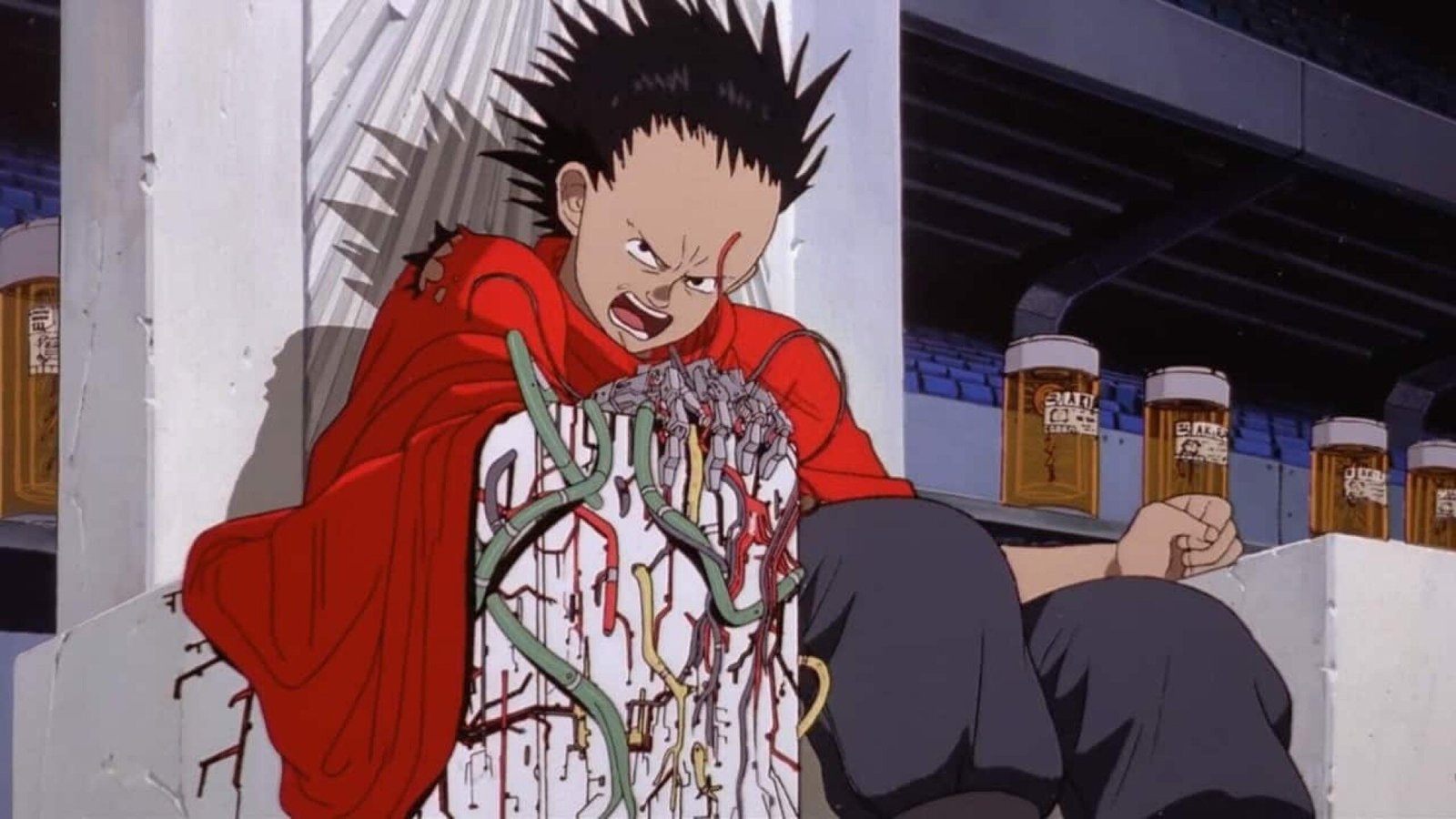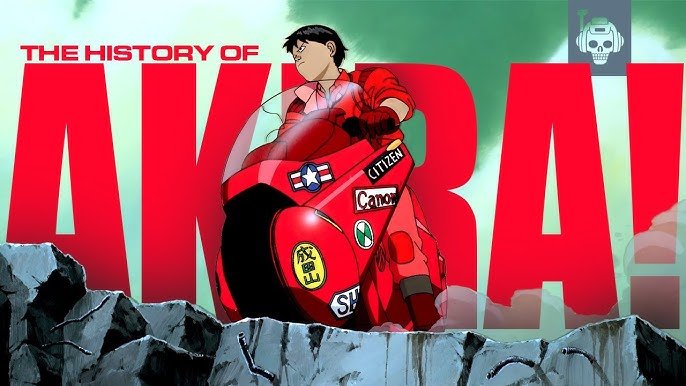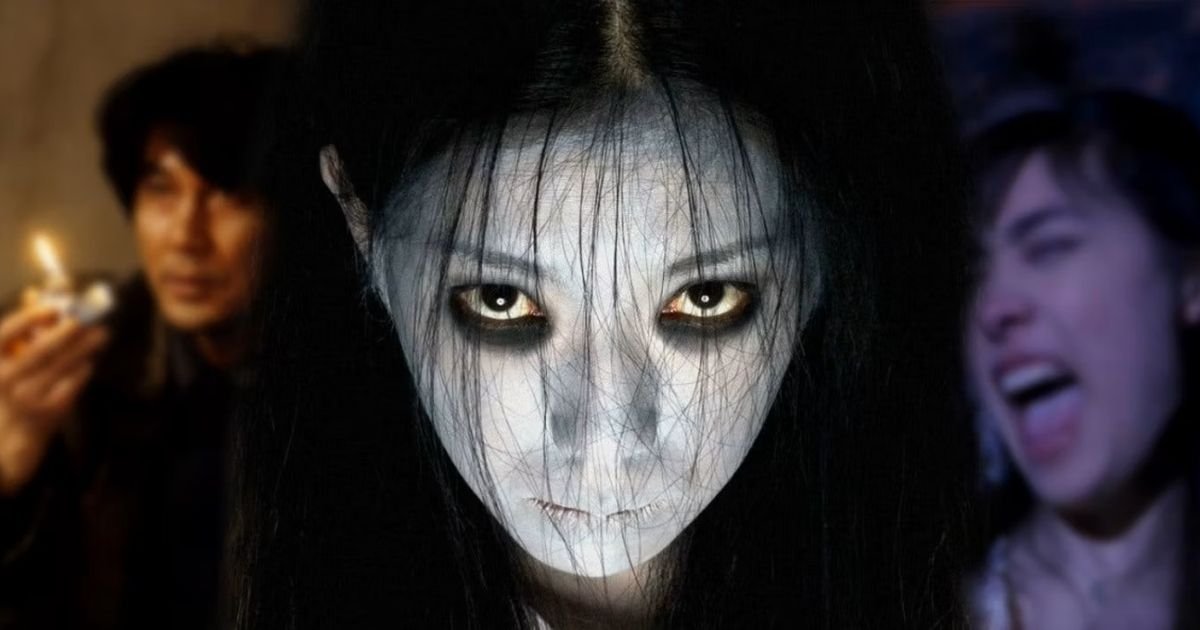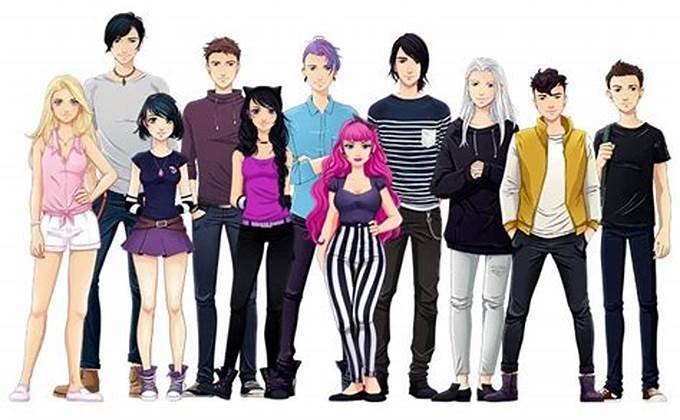Anime has grown from a niche genre into a global phenomenon, captivating audiences with its unique storytelling, art styles, and cultural depth. This evolution is marked by key milestones, from the cyberpunk classic Akira to the visually stunning and emotionally resonant Your Name. This article explores the trajectory of anime films, highlighting how they have evolved and what each significant work has contributed to the genre.
1. The Early Days: Anime’s Humble Beginnings
Anime films have their roots in early 20th-century Japanese animation, with significant developments occurring in the 1960s and 1970s. These early works laid the foundation for the anime industry.
a. Osamu Tezuka’s Influence
Often referred to as the “God of Manga,” Osamu Tezuka was a pioneer in anime and manga. His work on “Astro Boy” (Tetsuwan Atom, 1963) helped establish many conventions of anime and set the stage for future innovations.
b. The Rise of Studio Ghibli
In the late 1980s, Studio Ghibli was founded by Hayao Miyazaki and Isao Takahata. Their early films, such as “Castle in the Sky” (1986) and “My Neighbor Totoro” (1988), brought a new level of artistry and emotional depth to anime, making it more accessible to international audiences.
2. The Cyberpunk Revolution: Akira and Its Impact

Released in 1988, “Akira” directed by Katsuhiro Otomo, is often credited with bringing anime to global prominence. Its groundbreaking animation techniques and complex narrative marked a significant shift in anime’s style and scope.
a. Technological Innovations
“Akira” utilized cutting-edge animation technology for its time, including the use of a vast number of hand-drawn frames and vibrant color palettes. This set a new standard for animation quality and influenced countless subsequent works.
b. Cultural and Political Themes
The film’s exploration of post-apocalyptic themes, cybernetics, and political unrest reflected broader societal concerns, resonating with audiences worldwide and highlighting anime’s potential for deep, thought-provoking storytelling.
3. The 2000s Boom: A New Era of Storytelling
The early 2000s saw anime films achieving significant commercial success and artistic acclaim. Directors began experimenting with new genres and storytelling techniques.
a. Satoshi Kon’s Innovations
Satoshi Kon brought a unique blend of psychological complexity and visual experimentation to anime with films like “Perfect Blue” (1997) and “Paprika” (2006). His works explored the blurred lines between reality and illusion, contributing to anime’s reputation for complex narratives.
b. Makoto Shinkai’s Emergence
Makoto Shinkai gained prominence with “5 Centimeters per Second” (2007), showcasing his talent for creating visually stunning and emotionally impactful films. His focus on personal and intimate stories resonated with audiences and set the stage for his later success.
4. The Modern Era: From Your Name to Beyond
The past decade has seen anime films achieve unprecedented global success, with films like “Your Name” and “Weathering with You” pushing the boundaries of the genre.
a. “Your Name” (2016)
Directed by Makoto Shinkai, “Your Name” became a worldwide phenomenon, praised for its beautiful animation and poignant story about two teenagers who mysteriously begin to swap bodies. The film’s success marked a new peak in anime’s global popularity and its ability to connect with audiences across different cultures.
b. Current Trends and Future Directions
Anime films continue to evolve with advances in technology and storytelling. Recent works like “Belle” (2021) by Mamoru Hosoda and “Jujutsu Kaisen 0” (2021) highlight how anime is adapting to contemporary themes and exploring new narrative possibilities.
5. The Impact of Anime Films on Global Cinema
Anime films have significantly influenced global cinema, contributing to a greater appreciation of animation as a serious art form. The genre’s blend of distinctive visual styles, imaginative storytelling, and emotional depth has resonated with audiences worldwide and inspired filmmakers from various backgrounds.
Conclusion
The evolution of anime films from the early days of Osamu Tezuka to the contemporary successes of Makoto Shinkai demonstrates the genre’s dynamic growth and adaptability. As anime continues to innovate and expand its reach, it remains a vital and influential force in global cinema.










